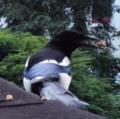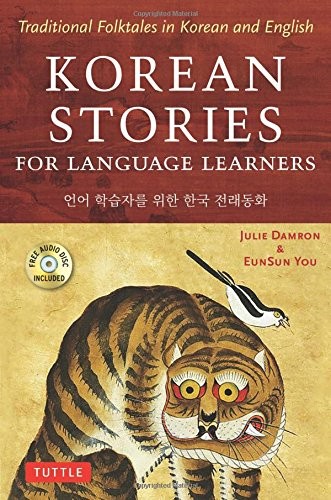@yetanotherjesse@mastodon.social I am now at story 22 out of 42 and "Korean Stories for Language Learners" is my favourite #Korean reading so far, but this might be that it's sitting just at my current proficiency level. I bought a bunch of other Korean reading books for learners [1], but they seemed even more difficult to me as a beginner.
Personally, I found that initially, the short stories introduced a lot of new vocabulary which I had not known before since they are not common everyday words today and thus not taught as absolute beginner vocabulary (the words for many animal names, King, prince, farmer, axe, ...). But most of these words are explained and they repeat between stories (e.g. 호랑이=tiger, 왕=king and 농부=farmer are very common), so it gets easier as you read more. Still it helped that I read the book mostly digitally in #Calibre with the "google translate" extension, so I can see the translation of entire sentences when in doubt.
Also at the beginning when I started reading I hadn't properly learned the formal language with the ~습/ㅂ니다 form, so I had to get used to that. (Most of the #TTMIK reading material that I started with are conversations and use the informal polite ~요 form.). But since then I learned the formal form in grammar lessons and it's important to know, but even if it's understandable. Sometimes the book uses indirect speech, which I didn't officially learn, but I started to recognize it and understand it from context.
Anyway, the vocabulary in this book is not the most modern one and the language is not like modern conversations. So it should not be your only Korean language input, but a useful addition. Still it's helpful for seeing "living" Korean language in the context of stories, not just grammar examples. Once you reach a level where understand 80-90% (with context) the stories are actually really fun in my opinion.
What I also really like about this book is also that it contains a link to free audio downloads where you can listen to the stories (The Olly Richards reading book requires paying for the audio). This is super useful for practicing listening but also pronunciation via #shadowing.
If this book is too difficult the simplest form of reading are just the example texts and sentences in regular Korean grammar textbooks (I started using 비타민 한국어 recently) or TTMIK's "Simple Korean reading for Beginners" and their different conversations with transcripts like 이야기, which teach you more of conversational Korean.
[1] Other Korean reading books that I bought so far:
- "Korean Stories for Language Learners" by Julie Damron and EunSun You
- "Short Stories for Korean Intermediate Learners" by Olly Richards
- "Korean Reading Made Simple" by Billy Go



